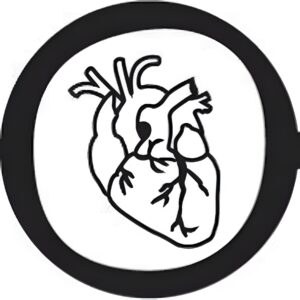
Organized Biology
Hi, there! Let’s learn Biology…in a way that makes sense!
I am a Biology Instructor of Anatomy & Physiology, and my goal is to provide easy-to-understand videos for people who want to learn more about their body–whether you have no background in science, or if you are going into the medical field! Wherever you are at in life, this educational channel is for YOU!
I will focus on breaking down MANY topics in Cell Biology, Anatomy and Physiology, Nutrition, and Chemistry into simpler forms that anybody can understand. Furthermore, I will answer common questions that you may have about your body, like ‘Why does COVID make me lose my smell?’ or ‘Why do we shiver when we’re cold?’
If you have any questions you want answered or topics you want me to cover, email organizedbiology@gmail.com.
Let’s get started!

